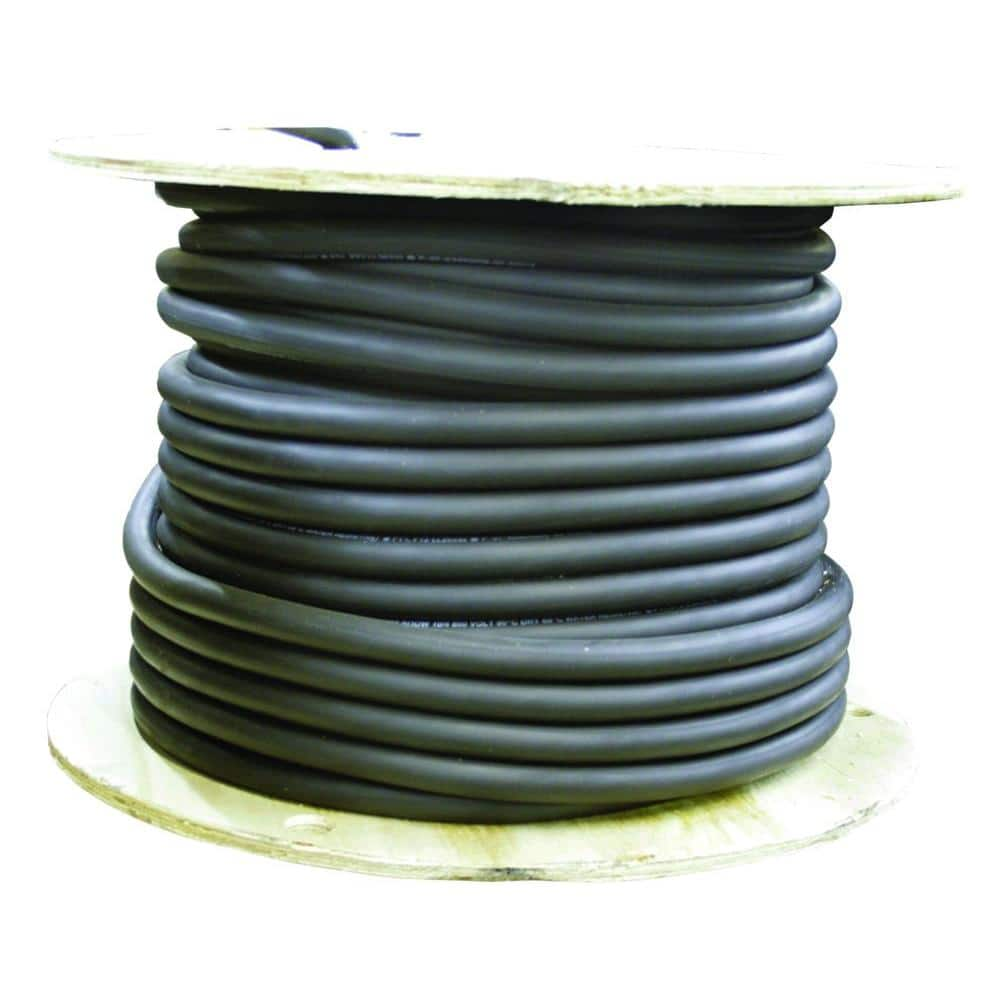chrisski
Solar Boondocker
- Joined
- Aug 14, 2020
- Messages
- 5,237
I've also used braided loom in my lab. It becomes shorter when squished lengthwise to be made fatter, so need to buy longer piece/roll.
I made harnesses for my quad output supplies and remote sense. Used fish tape to get it through.
Heatshrink to finish the ends, but didn't know about hot melt glue in heatshrink at the time, so they're not secure
Want to use this braided loom to make my ground mounted panel cables. Can you explain the hot glue in heat shrink?




